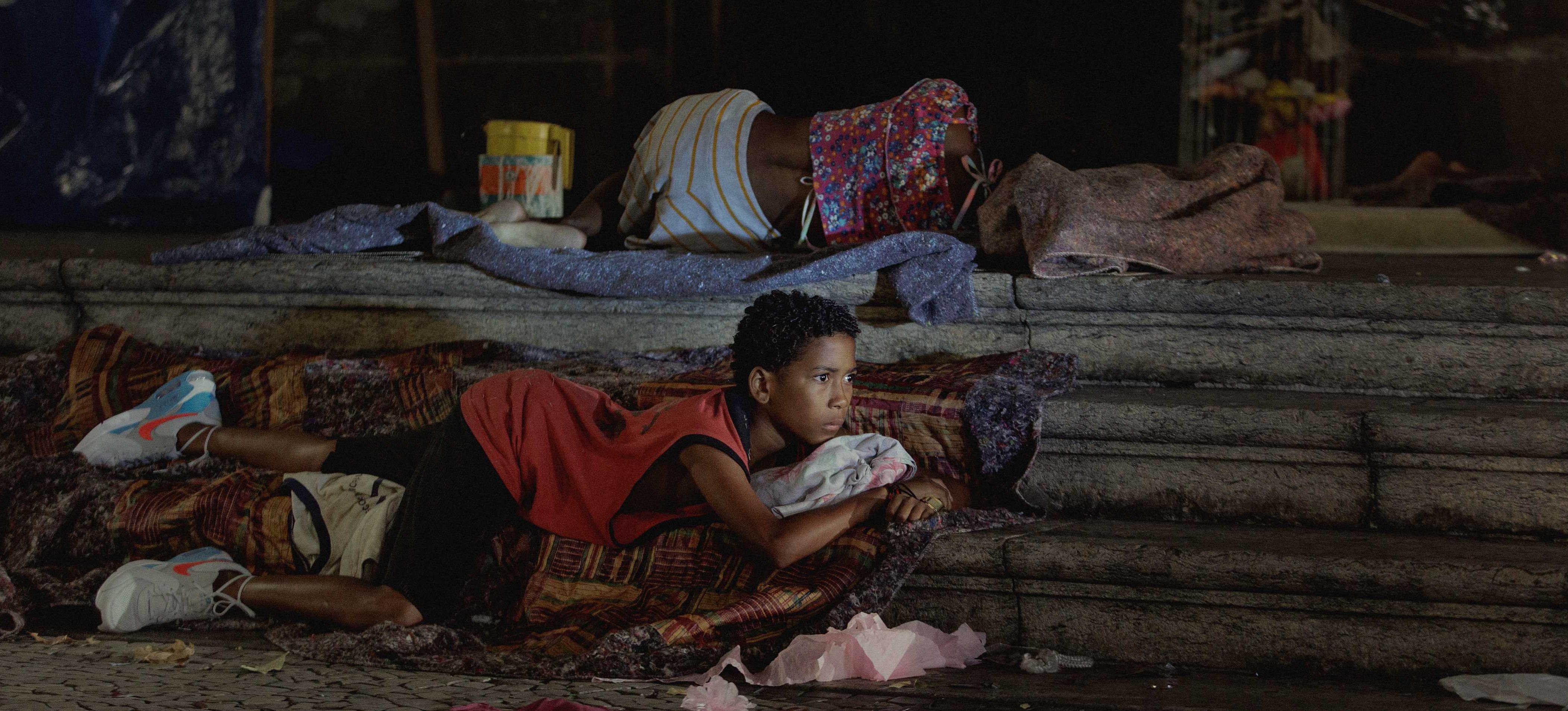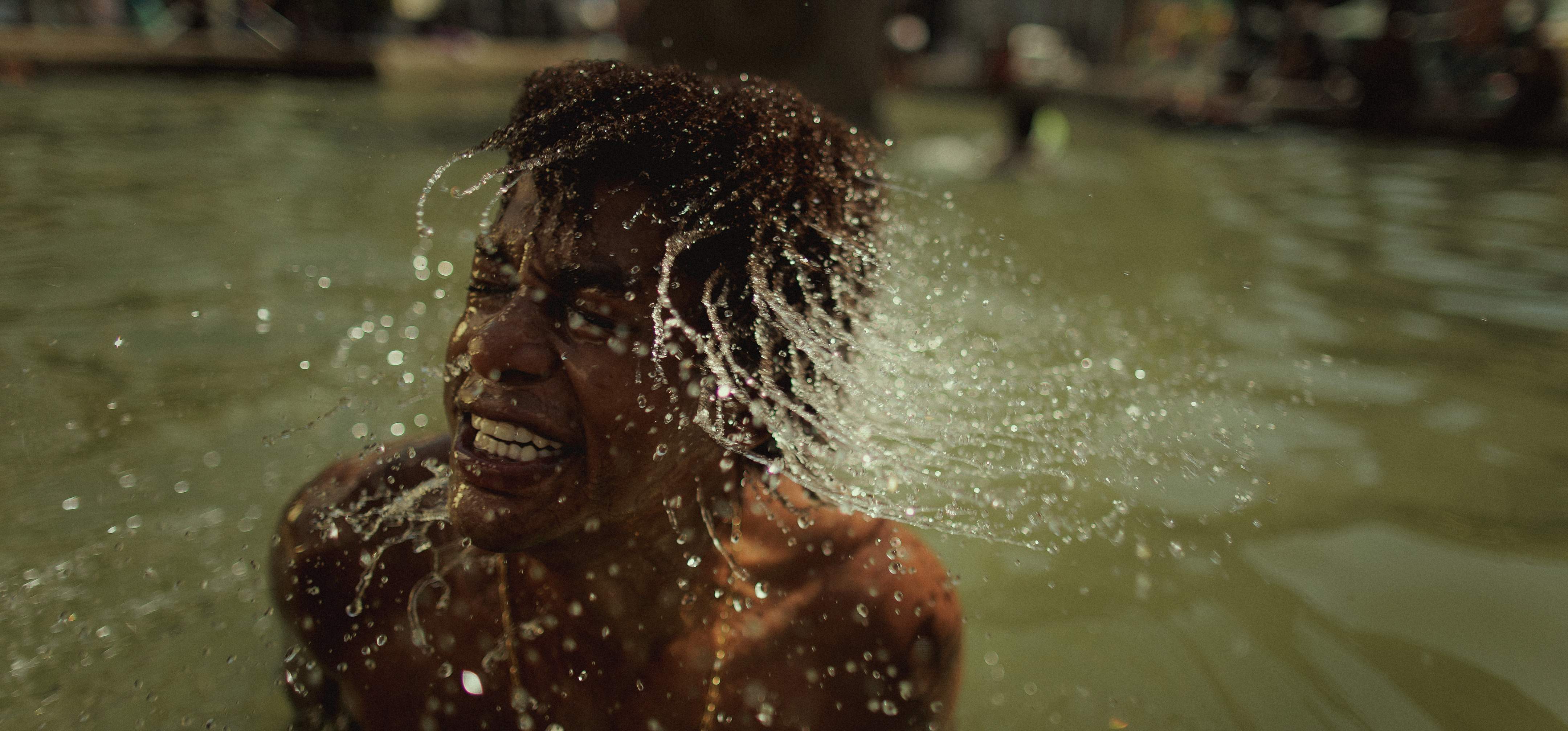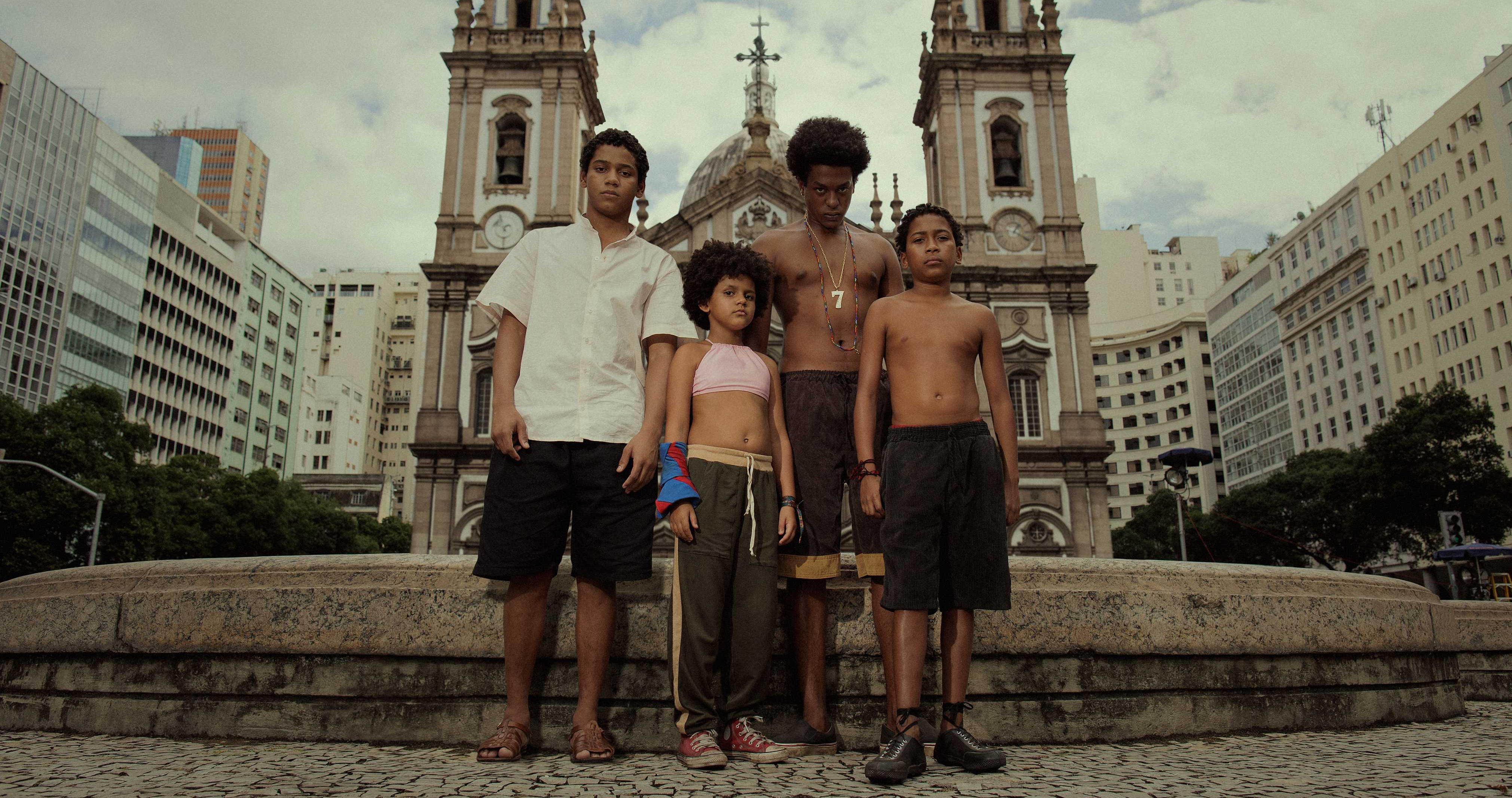Netflix’s period drama series ‘Children of the Church Steps’ revolves around four children, including Douglas and Seven (Sete), who live on the steps of the Candelária Church in Rio de Janeiro, Brazil. Even though they do not have the comfort of being with their respective families, the two young boys find love and compassion among the numerous individuals who seek refuge at the religious establishment. The lives of these kids and young adults turn around on a fateful night when a group of men rains bullets on them. In reality, the incident is known as the infamous Candelária massacre, a blemish in the history of Brazil.
Douglas and Seven are Fictional Characters Who Represent the Victims of the Candelária Massacre
Douglas and Seven are fictional characters created by Luis Lomenha and his team of writers for ‘Children of the Church Steps.’ However, Douglas represents the six minors who tragically lost their lives on July 23, 1993, at the Candelária Church. These kids were named Paulo Roberto de Oliveira, Anderson de Oliveira Pereira, Marcelo Cândido de Jesus, Valdevino Miguel de Almeida, Gambazinho, and Leandro Santos da Conceição. Similarly, Seven, the eighteen-year-old among the main characters, can be paralleled with the two young adults, Paulo José da Silva and Marcos Antônio Alves da Silva, who were murdered as part of the mass killing.

When the massacre happened, the world approached the victims of the tragedy as mere names whose backgrounds and lives leading up to the killings were in the dark. The condemnable incident was mainly reported and discussed without delving into the ambitions and dreams the victims might have had. Lomenha created the period drama to acknowledge that the children who lost their lives at the Candelária Church were also human beings who “imagined a world far removed from the harsh reality they faced,” as per an interview he gave to Netflix’s Tudum. Through the storylines of Douglas and Seven, the creator was giving the kids who were affected by the massacre their “right to dream.”
In Seven’s case, the young boy aspires to build a new life away from Rio de Janeiro. His ambitions to cherish better and more pleasant experiences convince him to leave for Florianópolis, a city that is nothing short of a paradise for him. Douglas also wants to proceed with his life by properly giving a send-off to his late adoptive father by arranging an opulent burial or a Brazilian funeral ritual. These concerns and aspirations that motivate the actions of Seven and Douglas make them very much more than just names or victims of a national tragedy.
Luis Lomenha Wanted to Authentically Humanize the Victims of the Candelária Massacre Who Were Seen Only as Statistics
When creating ‘Children of the Church Steps,’ Luis Lomenha and his writers aimed to construct fictional lives for the victims of the Candelária massacre, who are often discussed and acknowledged only as statistics. The creator noticed that the existing materials about the tragedy didn’t show the lives of these victims to the world. This realization inspired him to conceive characters like Douglas and Seven, who have loved ones to care for even though they sleep on the steps of the Candelária Church. Through their lives, the show emphasizes that the children who were killed had relatives and people they looked after.

The period drama’s focus on Douglas’ relationship with his adoptive father and sister and Seven’s companionship with Popcorn are part of this aim to acknowledge that the victims of the tragedy were not random nobodies. Once Lomenha finalized the principal objective behind the creation of the series, he relied on fiction and fantasy to build a world of children. Douglas and Seven robbing a chocolate factory, which is nothing but a wonderland for them, is part of this world. However, this doesn’t mean that the entirety of the show’s narrative is fictional. Lomenha had talked to several people who were connected to the victims and survivors of the massacre to portray the lives of the main characters, including Douglas and Seven, authentically.
Lomenha collaborated with reputed figures such as Patrícia Oliveira, a human rights activist and the sister of one of the survivors, to ensure that the experiences depicted in the period drama are rooted in reality. Even though the series is primarily about the Candelária massacre, we can still find children who resemble Douglas and Seven on the streets of Brazilian cities like Rio de Janeiro. The heartrending characters of the show reflect these kids who continue to struggle to survive.
Read More: Tiago Marques Tribute on Children of the Church Steps: How Did He Die?


You must be logged in to post a comment.